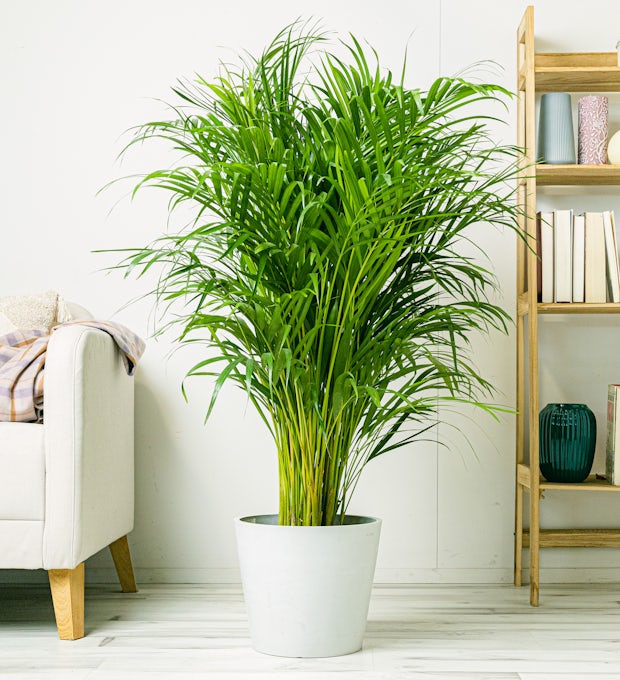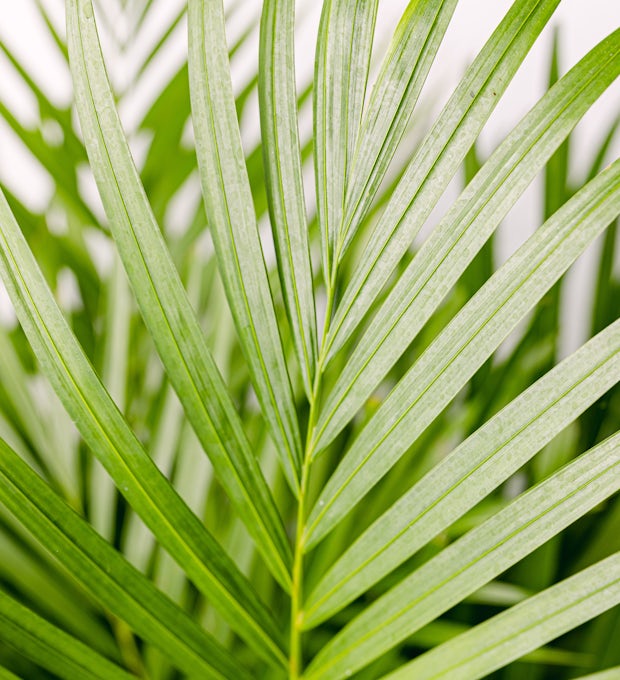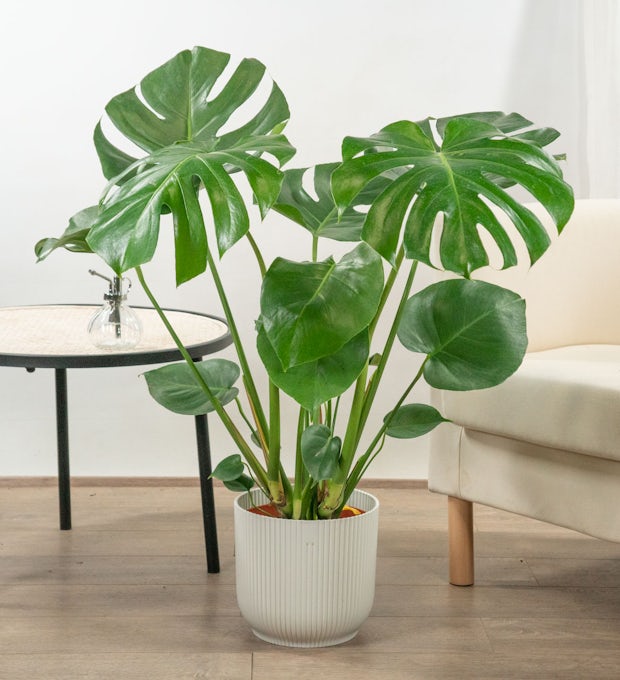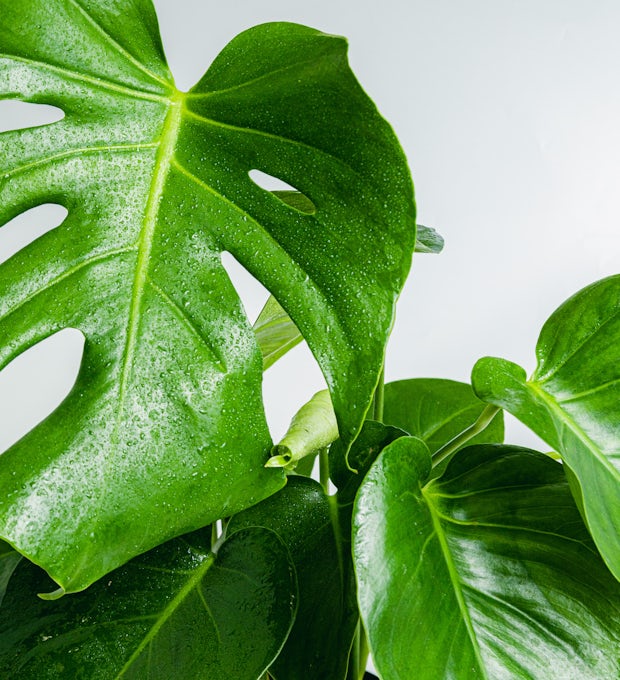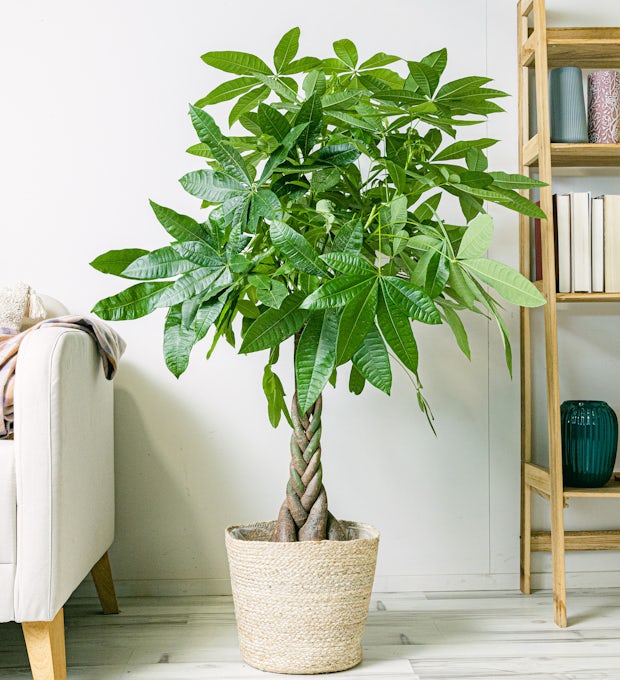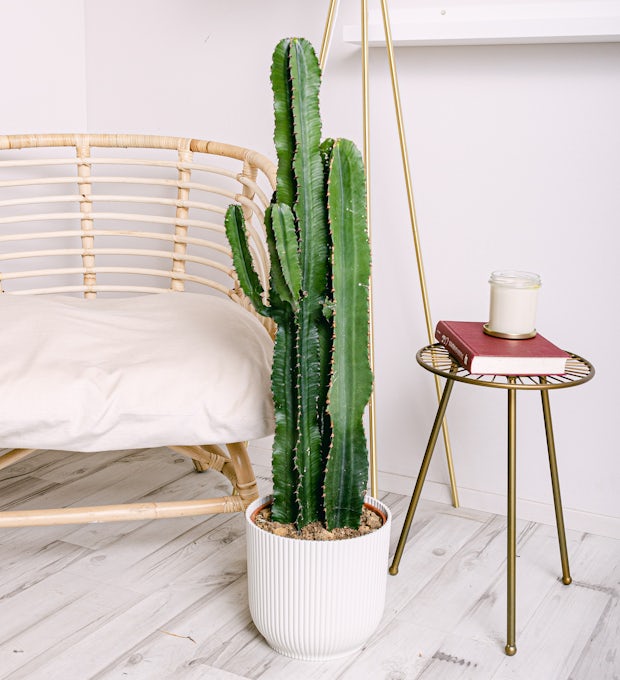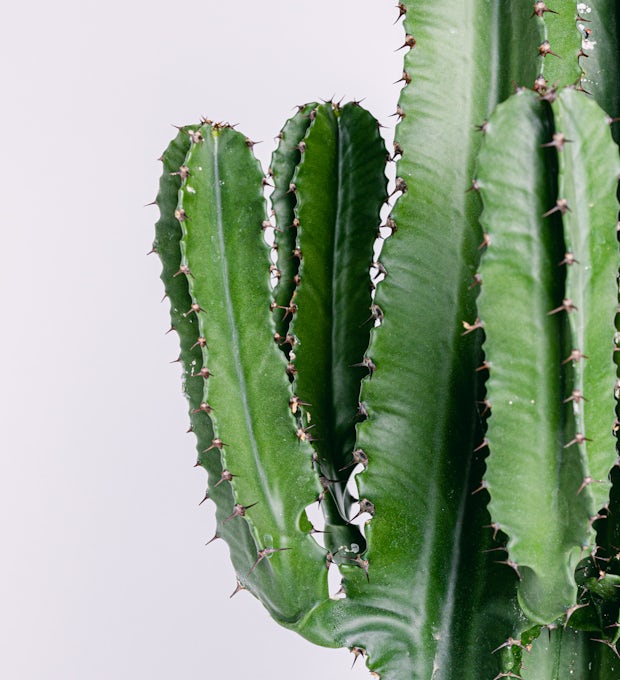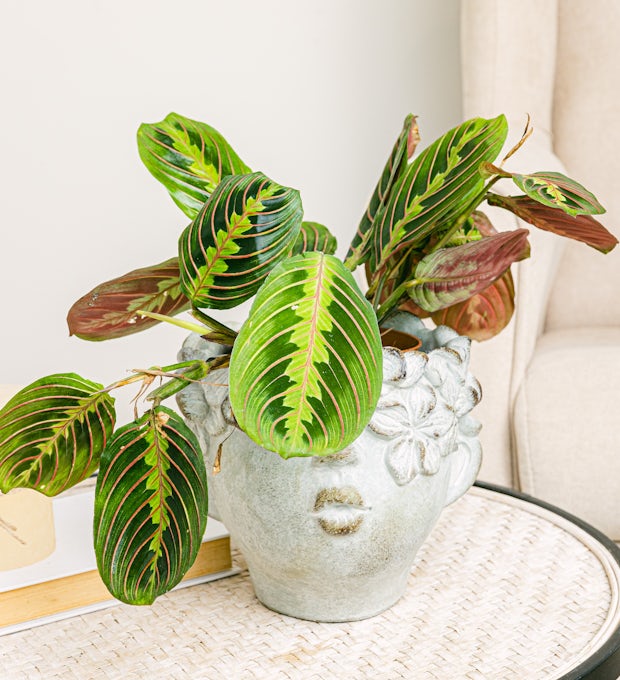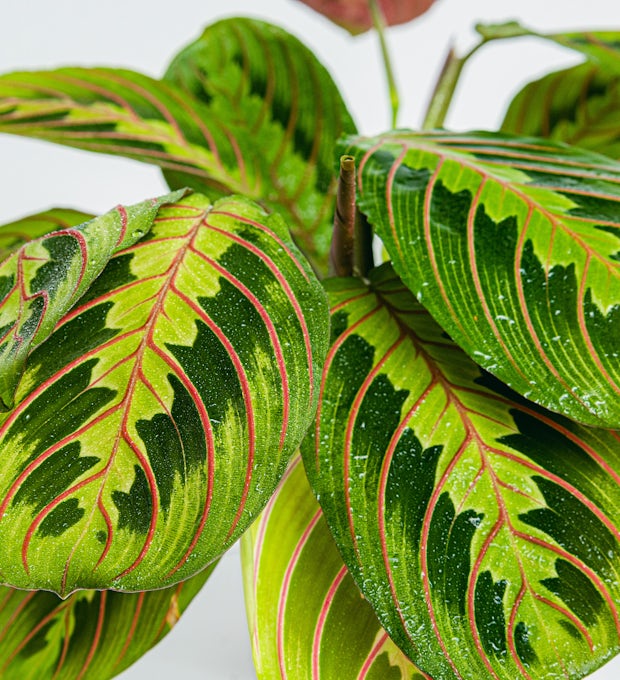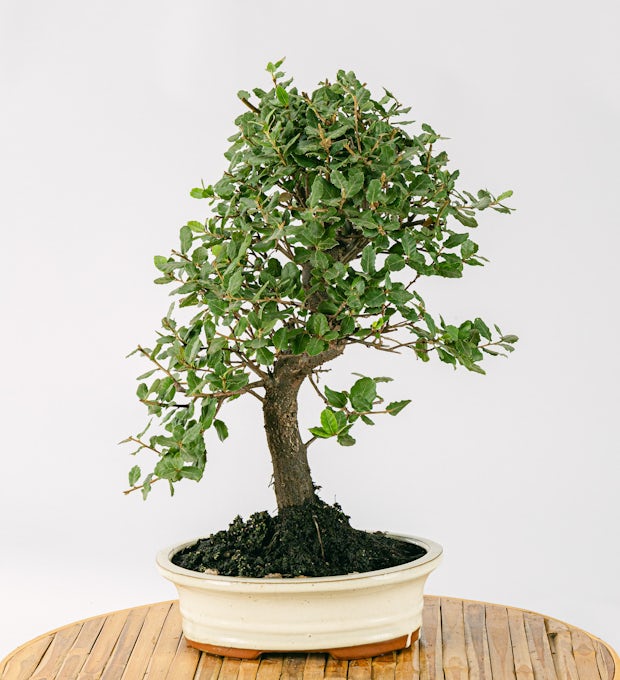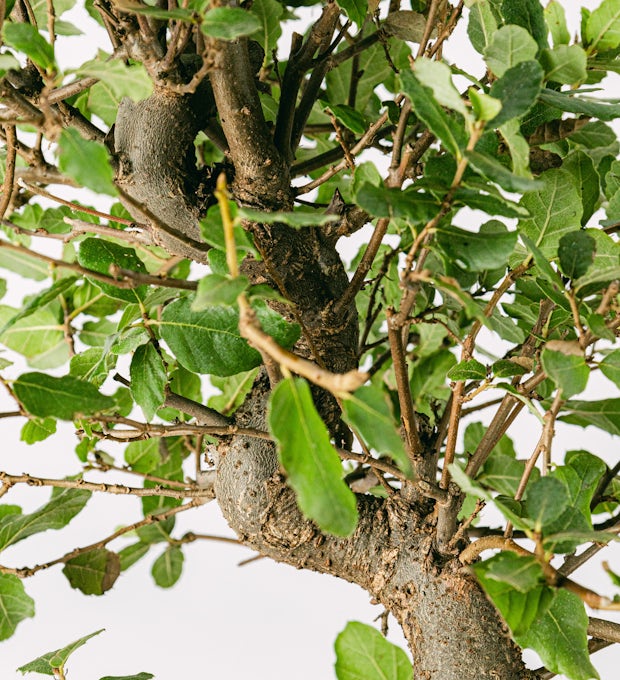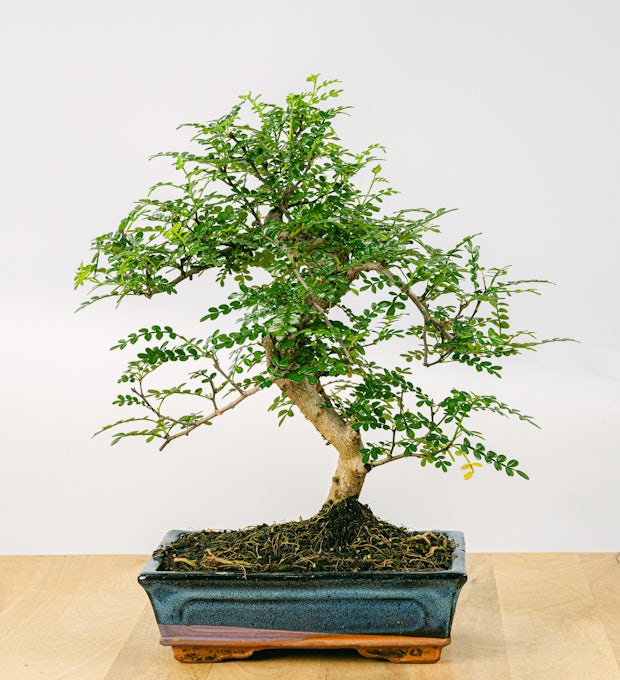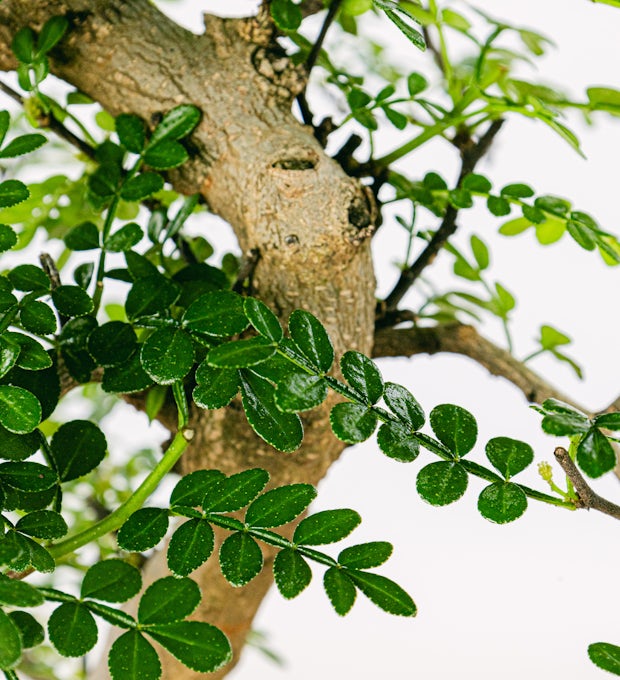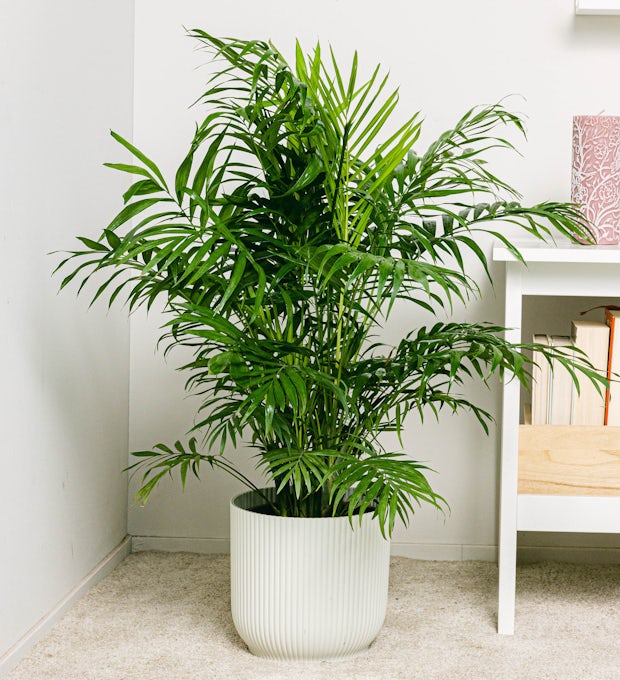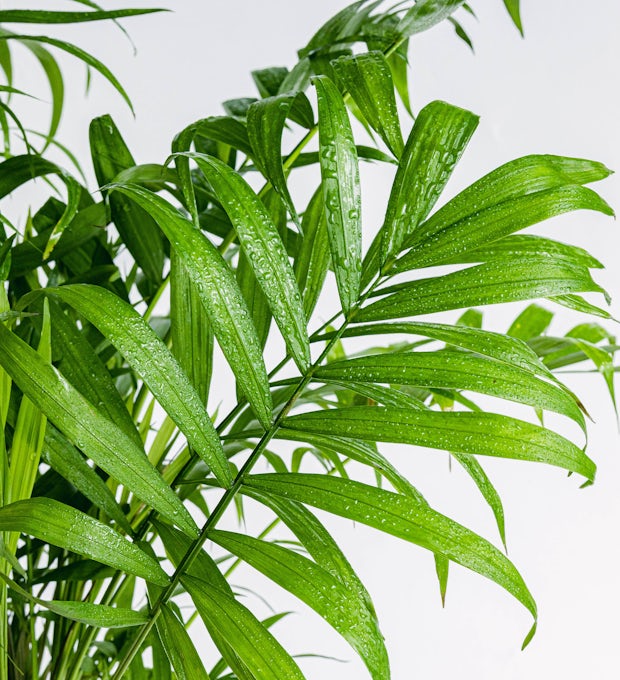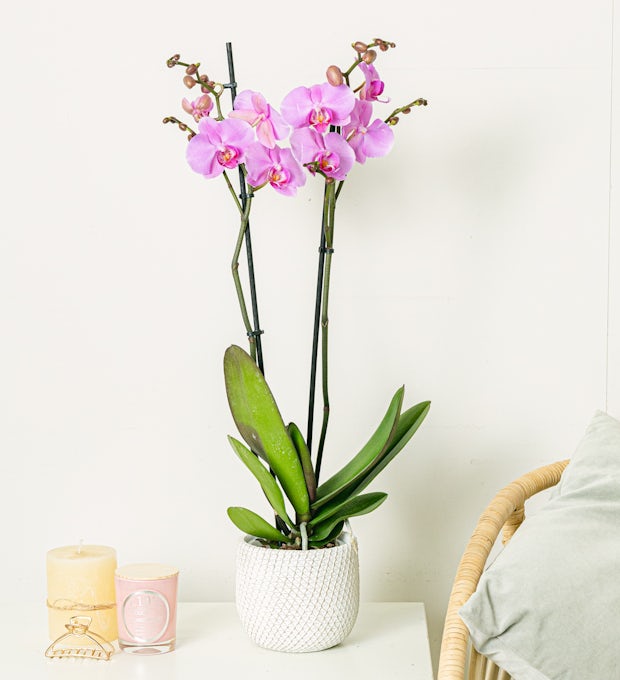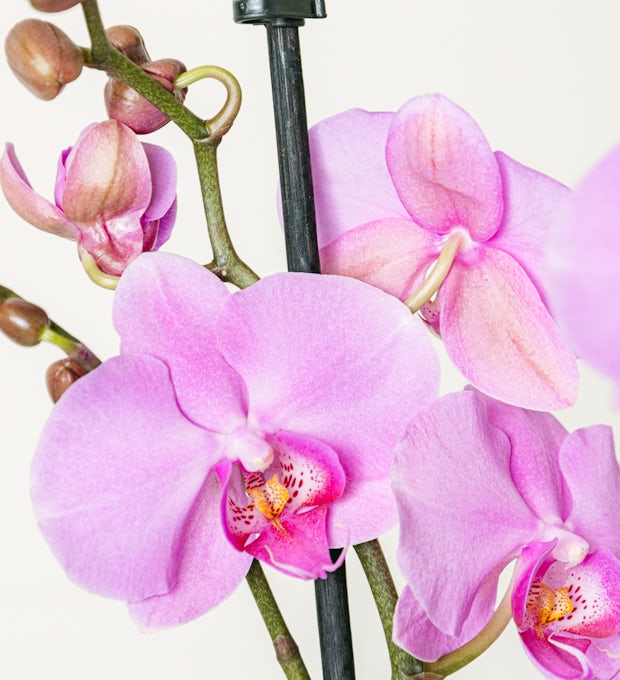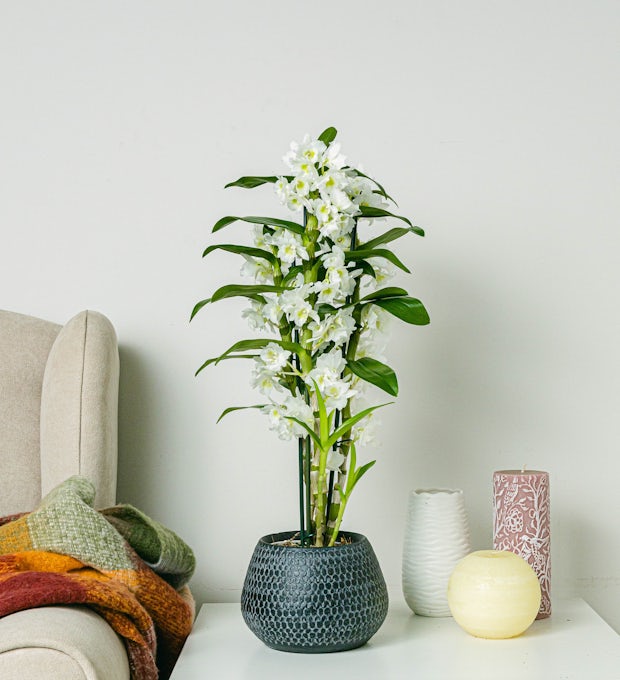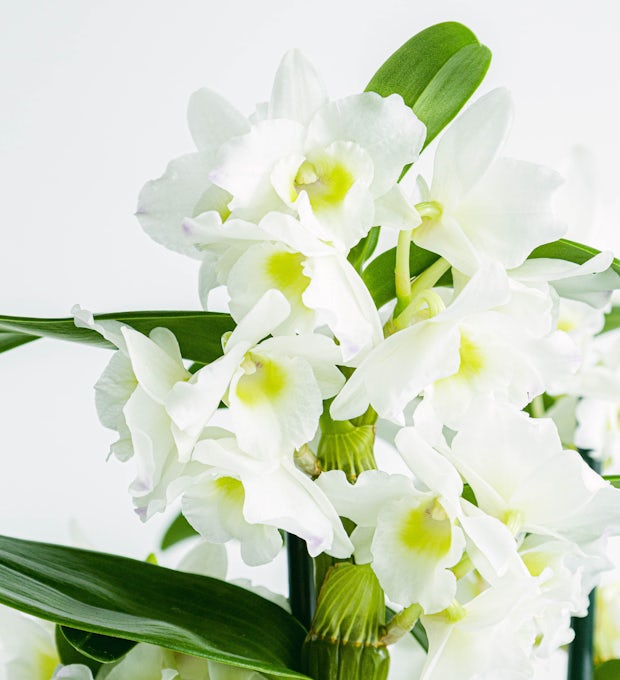The life of a plant depends to a large extent on three variables: watering, lighting and humidity. If you are able to reproduce these three aspects inside your home until they resemble those that the plant receives in its place of origin, then the survival, growth and development of the species is assured. It may seem complicated, but it is not about transforming your home into a tropical jungle (although if you want to do so, you are free, we are not here to judge you) but about understanding the needs of the plant by understanding its origin.
One of the variables that most confuses us when it comes to caring for plants is humidity, because although we can feel it we cannot see it, which makes it a little difficult to understand and control; unlike factors such as watering or lighting. It is for this reason that today I will explain absolutely everything about humidity: what it is, why it is important, what your plants need and how to control it.
what is humidity and why does it matter?
Simply put, humidity is the amount of water vapour that is present in the air. This amount of vapour depends on many factors, such as whether it has rained recently, whether you are near the sea or a lake, whether there are a lot of plants outside, and even the air temperature. If the air is very cold, it has little water vapour because it quickly becomes saturated and turns back into a liquid, which is why you see smoke coming out of your mouth or nose when you breathe in winter. When the air is very warm, it can hold more water vapour and prevents it from becoming liquid. This is why when you hang up wet clothes on sunny and somewhat windy days, they dry very quickly but if it is cold or cloudy, the clothes take longer to dry or don't dry at all.
We ship plants to all locations, you can see more options here.
Plants are living things that have processes that allow them to regulate themselves. Just as humans sweat through their pores in hot weather to regulate their temperature, plants evaporate water through their stomata to cool themselves and get rid of waste. This process is directly affected by the ambient temperature and humidity, as the efficiency of water evaporation depends on the balance of these two factors.
If the ambient humidity is high but it is cold, the plants will not be able to remove the water vapour. As this water vapour concentrates in the plant, the roots stop absorbing water and nutrients because there is no more space for them to do so. Similar to what happens with the wet clothes in the example: the air is saturated, so it cannot hold any more water vapour and the clothes do not dry out.
On the other hand, if the ambient humidity is low but the temperature is very warm, the plants will evaporate too much water; they will be like wet clothes that dry in a very short time. This will cause them to absorb more water through the roots to compensate for this loss, but as they absorb more water, they consume more nutrients. Excess nutrients will cause the tips of the leaves to burn, and the flowers and leaves will wilt. This is why the solution to low humidity can never be to water more, because over-wet soil not only provides excess nutrients but is the perfect breeding ground for fungus, mould, attracts pests and can cause root rot.
We ship plants to all locations, you can see more options here.
But this is not the only problem. Photosynthesis, that process by which the plant processes its own food, stops when the plant is in too dry an environment. When the ambient humidity is low, the plant closes its stomata because it loses too much water. And if it closes the stomata, there is no CO2 absorption and without CO2, there is no photosynthesis. On top of that, when the stomata are closed, excess heat does not escape from the plant, so its temperature rises and causes heat damage. This is evident when the plant turns yellow. This is a defence mechanism, where the plant stops supplying the chlorophyll in the leaf because it can no longer do so due to the immense energy cost. The next step is burnt leaves, irreversibly damaged. Hence the importance of having a perfect humidity balance according to the type of plant you are growing.
The perfect humidity levels for indoor plants
Humidity levels depend on the species of plant, but you also have to take into account the stage the plant is in. For example, young plants and cuttings are growing, their roots are just developing and they require a lot of water and humidity, between 80 and 85%. As the plant grows, the humidity should be reduced, especially if there are flowers and fruits, because too much humidity can cause the fruits to rot. This applies to plants grown outdoors, but what about indoor plants? In this case it is important to know their origin and type.
Whenever we read about a plant species, the country or region of origin is usually included in the information. This is not just an interesting piece of information, but will give you many clues as to what kind of environment you need to recreate to keep it happy. The vast majority of houseplants come from tropical or subtropical regions, where there are high temperatures all year round and they grow protected by a canopy created by the tops of the tallest trees, which filter the sun's rays and provide very high humidity levels. Succulents and cacti, on the other hand, come from desert regions or regions with high temperatures and low humidity, so they have developed this mechanism that allows them to store water in their leaves.
This makes us notice a couple of things: these plants are not acclimatised to life outside on our continent, but they can live happily indoors because, thanks to the technological advances of our era, we live in spaces that maintain a more or less stable temperature all year round and which is compatible with the temperature needed by these types of plants. But it is not the temperature that is the problem, but the humidity, because the devices we use to regulate the temperature, such as air conditioning, fans or heating, are responsible for leaving the environment dry as a bone.
We ship plants to all locations, you can see more options here.
In fact, it is estimated that the percentage of humidity in our homes in winter can be as high as 20%. Even your skin and respiratory system suffer in these months due to the dry environment. In the warmer months it doesn't get much better either, reaching a maximum of 40%, which is not suitable for your poor tropical plants. This is one of the reasons why many people water their plants, protect them from the sun, fertilise them, and the poor plants still die or do not grow properly.
The ideal humidity level according to plant type
Indoor plants of tropical origin, such as Monstera, Peace Lilies, Anthuriums, Calatheas, among others, require an ideal humidity level between 60 and 80%, although this is difficult to maintain indoors, but if you manage to keep it between 50 and 60% it will be adequate and you can help your plants by spraying a little water on their leaves from time to time.
If you have succulents and cacti, you should know that these plants store water inside their leaves, so they can survive in drier environments. This is why the ideal humidity levels for succulents are around 30%. If they are in too humid an environment, they can develop fungus or rot. This is why it is best to keep them separate from tropical plants, however succulents require direct sunlight while tropicals prefer indirect light.
How to improve humidity in the home
Before you get depressed because the humidity levels in your home are too low to have that calathea collection or that army of Monsteras you dream of, you need to know that it is quite simple to change the humidity levels. Firstly, you need to take into account the region you live in, as having a flat in Madrid is not the same as having a flat in the Canary Islands. The second step is to determine if your plants are suffering from a lack of humidity. Look for signs such as dry leaves, burnt tips, yellow leaves and slow or no growth. In any case, there are a few tricks you can apply to improve the humidity in your space:
- Group your plants together
Plants remove moisture through transpiration, so grouping them together creates a microclimate that will benefit your plants. This is wonderful, not only because they will take care of the problem themselves, but you will have the perfect excuse to buy more plants and increase your collection. Remember to leave cacti and succulents out of this group.
We ship plants to all locations, you can see more options here.
- Pebble trays
This is an old trick. Set up trays of pebbles and place your plants on them. Put water in the tray, but let it reach halfway up the pebbles, without covering them completely. This will protect the roots from excess water, while offering the plants moisture as the water in the tray will slowly evaporate. Remember to rinse and replace the water in the trays frequently, to avoid attracting insects. You can also put cups or containers of water between the pots to allow it to evaporate.
- Spray your plants
A water sprayer is a tropical plant lover's best friend. Get a sprayer to cover your plant with a fine mist, as over-wetting can attract fungus and other diseases. Use filtered, rain or mineral water to avoid lime deposits or stains on the leaves. If your plant has velvety leaves, such as African violets, you should not spray them as this can cause leaf diseases. Likewise, succulents or cacti should also not be wetted.
- Use a humidifier
Technology is your ally in caring for your plants, regardless of environmental conditions. You can buy a nice humidifier, which will keep the water vapour levels in perfect balance. And I'm sure your skin and hair will also thank you for the presence of this little gadget.
We ship plants to all locations, you can see more options here.
what if the problem is excess humidity?
It is possible that your problem is the opposite. Most people suffer from an environment that is too dry, but it is possible to live in a place that is too humid, which can cause rotting in some plants. In this case it is also possible to make use of a few tricks:
- Ventilate the room
Open the windows, let the sun and the wind blow through and do their work. It is important to allow air to circulate and recycle. Check for dark, dusty stains on the walls - this can be mould and indicate problems. This is typical in winter, when windows are opened less often.
- Moderate watering
Water plants very carefully. Avoid overwatering, it is better to wait until the substrate is rather dry before watering again. Remember to empty the drip tray, to avoid any possibility of increasing the humidity.
We ship plants to all locations, you can see more options here.
- Move the plant
If you notice that the humidity levels do not improve, move the plant, even temporarily, to a drier location. Beware of draughts and placing it close to the heating, as this may affect it.
- Purchase a dehumidifier
If the humidity problem is already too much, you have mould on the walls and your plants are suffering, you can get a dehumidifier. This little gadget will do wonders for your spaces, remove dusty mould and swallow the moisture, creating a suitable environment for you and your plants.
